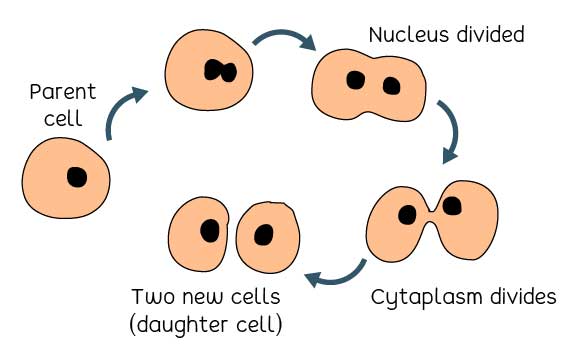- Characteristics of living things
Living things reproduce
Reproduction is the process by which new organisms (offsprings) are generated. A living organism does not need reproduction to survive, but as a species, they need that for continuity and to ensure that they are not extinct.
There are two main types of reproduction: these include Sexual Reproduction and Asexual Reproduction.
Sexual Reproduction:
It involves two individuals of the same species, usually a male and female. Here the male and female sex cells come together for fertilization to take place. After this, the newly fertilized cell goes on to become a new organism, the offspring. Note that not all sexual reproduction involves mating.
Asexual reproduction:
This form of reproduction occurs without the involvement of another. Asexual reproduction is common in single-cell organisms and many plants. There are many forms of asexual reproduction. Mitosis, fission, budding, fragmentation, sporulation, and vegetative reproduction are all examples of asexual reproduction. In unicellular organisms, the parent cell divides to produce two daughter cells. The term for this kind of cell division is Mitosis
Below is an illustration of the process of Mitosis:

Living organisms do not live forever. Some live for many years, others live for a few years, and some live for a few days. The term for the length of time an organism lives is called their ‘Lifespan’. For instance, an adult mayfly lives for only one day, a mouse lives for 1-2 years, and a tortoise can live for about 152 years
But can you imagine what will happen to a species if it had no new ones (offspring) to replace them? They will be extinct. Therefore reproduction is essential for the survival of all species. It also ensures that the characteristics of the parents are passed on to future generations, ensuring continuity.
